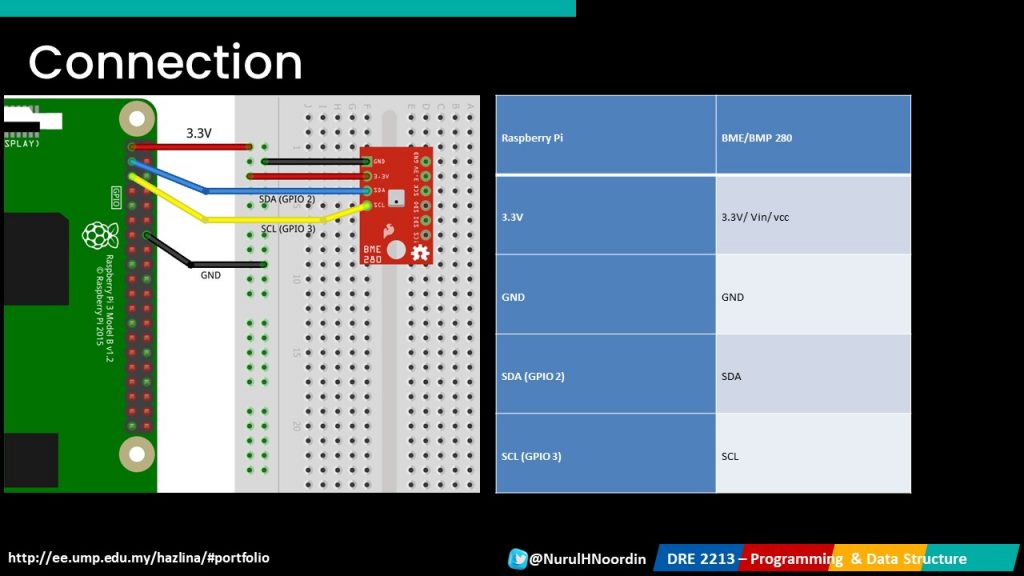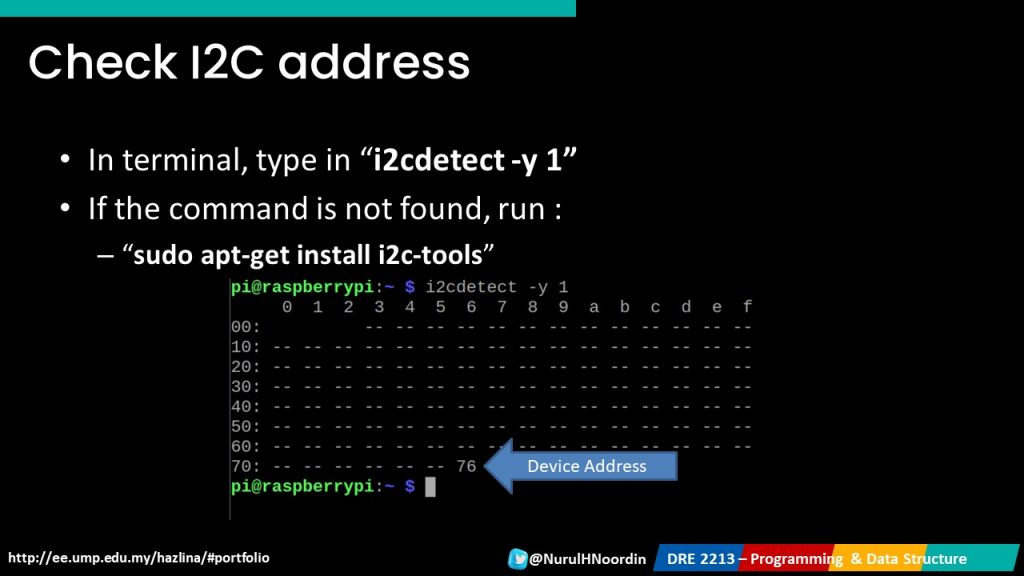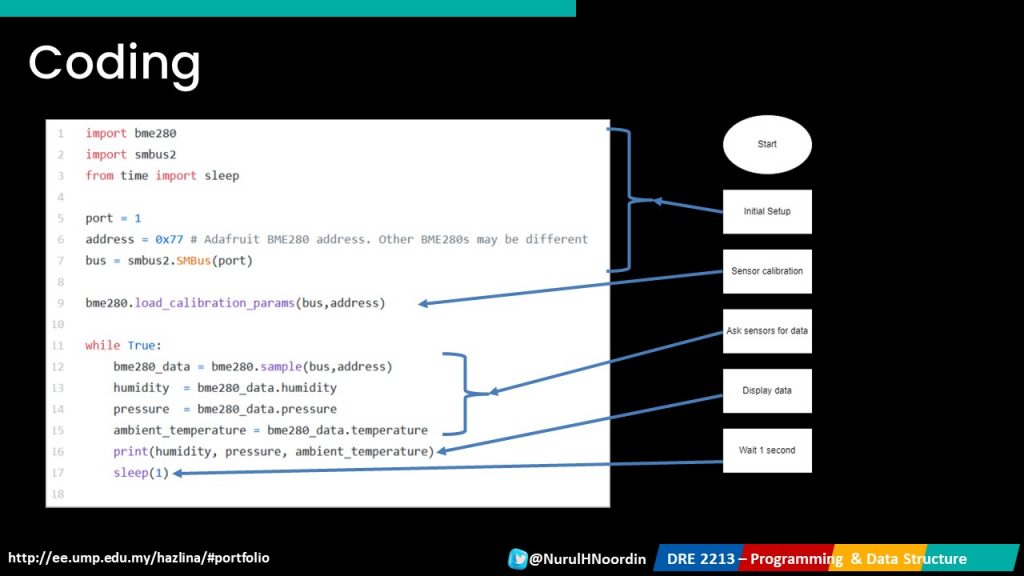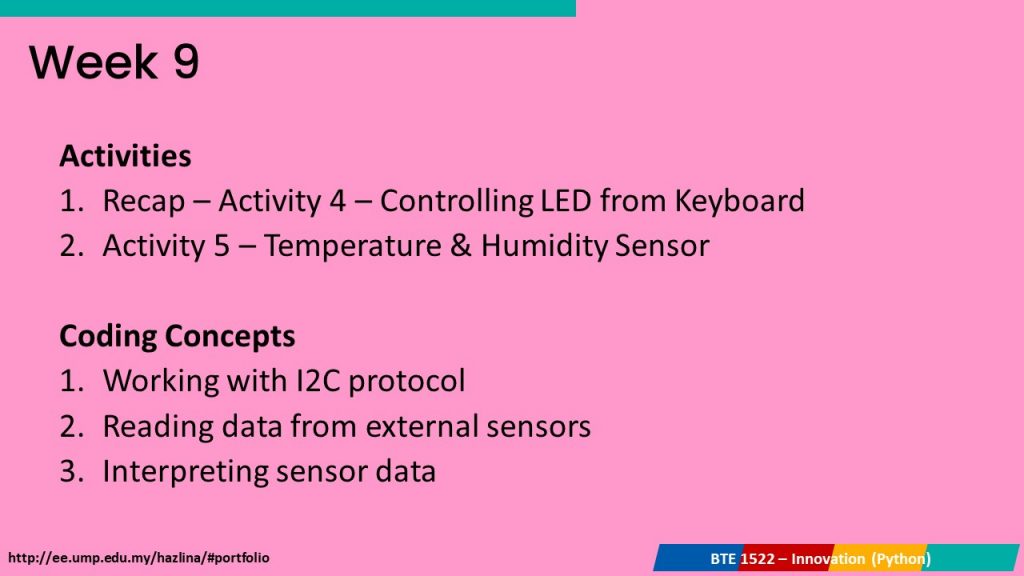

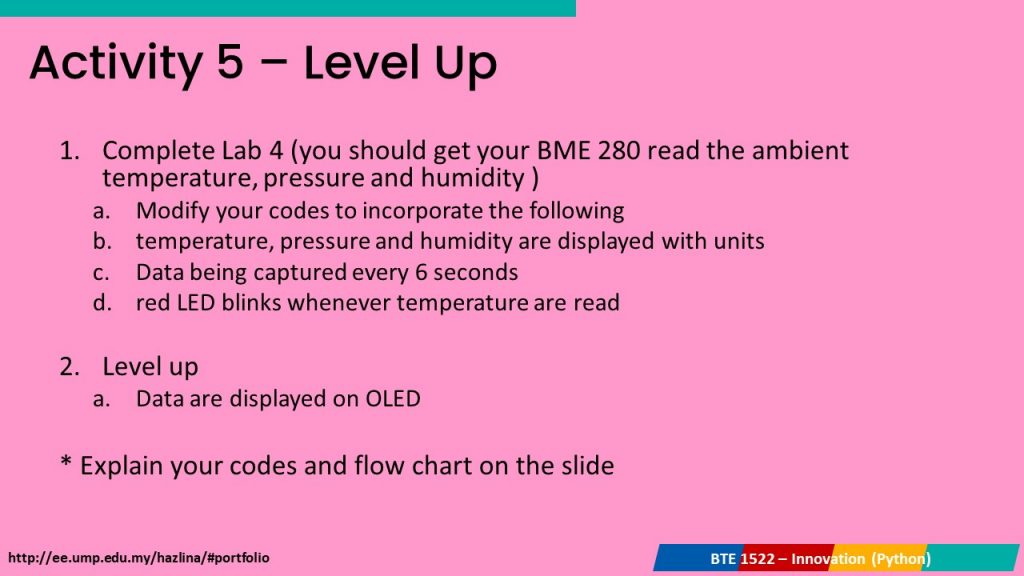
Exploring Temperature & Humidity Sensing with Python
In Week 9 of our BTE 1522 Innovation (Python) class, we explored temperature and humidity sensing using Python programming. Let’s recap the key activities and learning outcomes from this week’s session:
Activity 5 – Temperature & Humidity Sensor
We learned about working with the I2C communication protocol, which is commonly used for connecting and communicating with external sensors.
Reading data from external sensors and interpreting the sensor data were the main coding concepts covered in this activity.
Level up Activities
In the Level Up challenge for Week 9, students were tasked with building upon their knowledge from previous labs and enhancing their Python programs to incorporate additional features and functionalities.
1. Completed Lab 4 with BME 280 Sensor
Students revisited Lab 4, which involved reading ambient temperature, pressure, and humidity using the BME 280 sensor. This sensor is commonly used for environmental sensing applications and provides accurate measurements of these parameters.
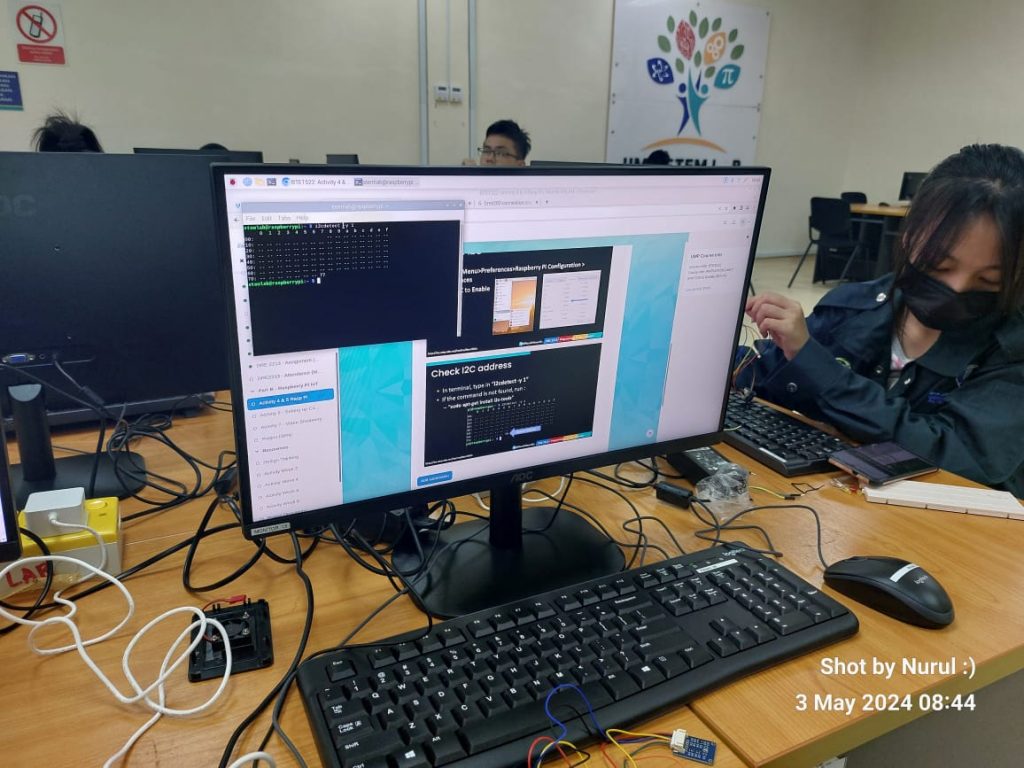

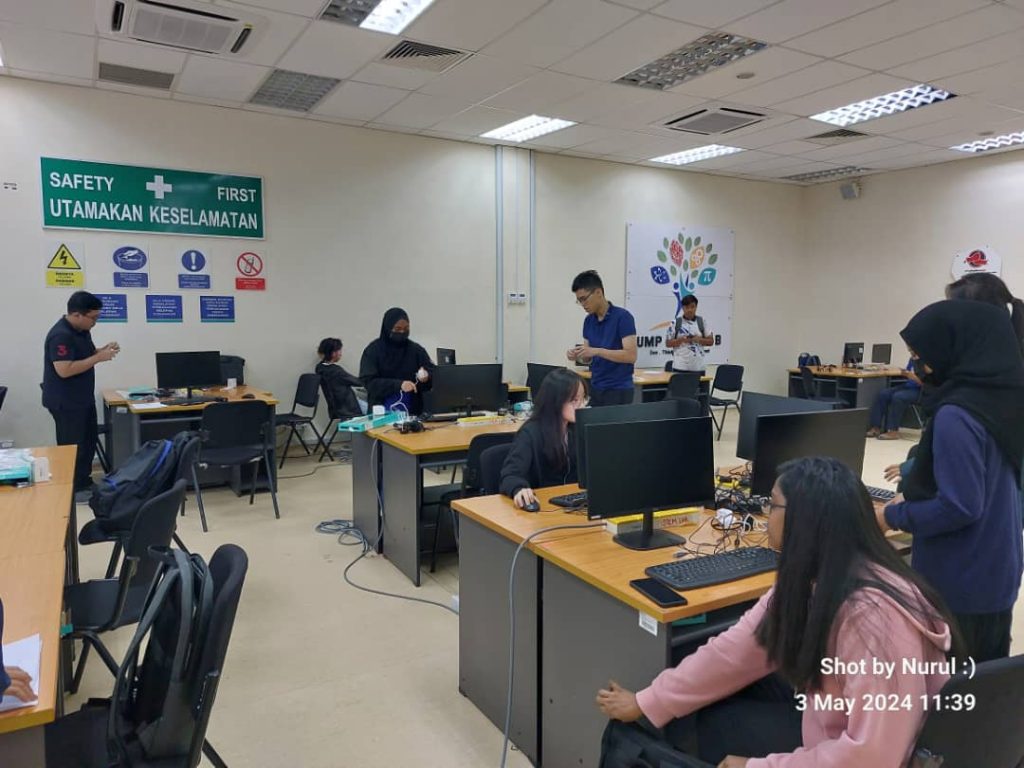
2. Modified Codes to Incorporate Enhancements
- Displayed Sensor Readings with Units: Students modified their Python codes to display temperature, pressure, and humidity readings with appropriate units. This enhancement ensured that the data presented to users was clear, informative, and easy to interpret.
- Captured Data Every 6 Seconds: To enhance the data acquisition process, students adjusted their programs to capture sensor data at regular intervals of 6 seconds. This modification allowed for more frequent updates of sensor readings, enabling users to track changes in environmental conditions over time.
Implemented Red LED Blinking for Temperature Readings: As a visual indicator of sensor activity, students incorporated red LED blinking whenever temperature readings were taken. This feature provided immediate feedback to users, indicating when temperature data was being sampled by the sensor.
3. Level Up Challenge: Displayed Data on an OLED Screen
- In the ultimate level up challenge, students were tasked with integrating an OLED (Organic Light Emitting Diode) screen into their projects to display sensor data in real-time. OLED screens offer advantages such as high contrast, wide viewing angles, and low power consumption, making them ideal for displaying text and graphics.
- By successfully implementing this feature, students elevated the functionality of their Python programs to a new level. Displaying sensor data on an OLED screen provided a visually appealing and intuitive way for users to monitor environmental conditions and interact with the system.
The level up activities encouraged students to innovate and enhance their Python programs beyond the basic requirements. By incorporating OLED display integration, students elevated their projects to a new level of sophistication. OLED displays provide a visually appealing way to present sensor data in real-time, offering clear and concise information to users. Through this enhancement, students not only demonstrated their mastery of sensor data acquisition and interpretation but also showcased their creativity in user interface design and data visualization. Overall, the level up activities served as a platform for students to explore advanced concepts and apply innovative solutions to real-world challenges, fostering a spirit of creativity and experimentation in their Python projects.
